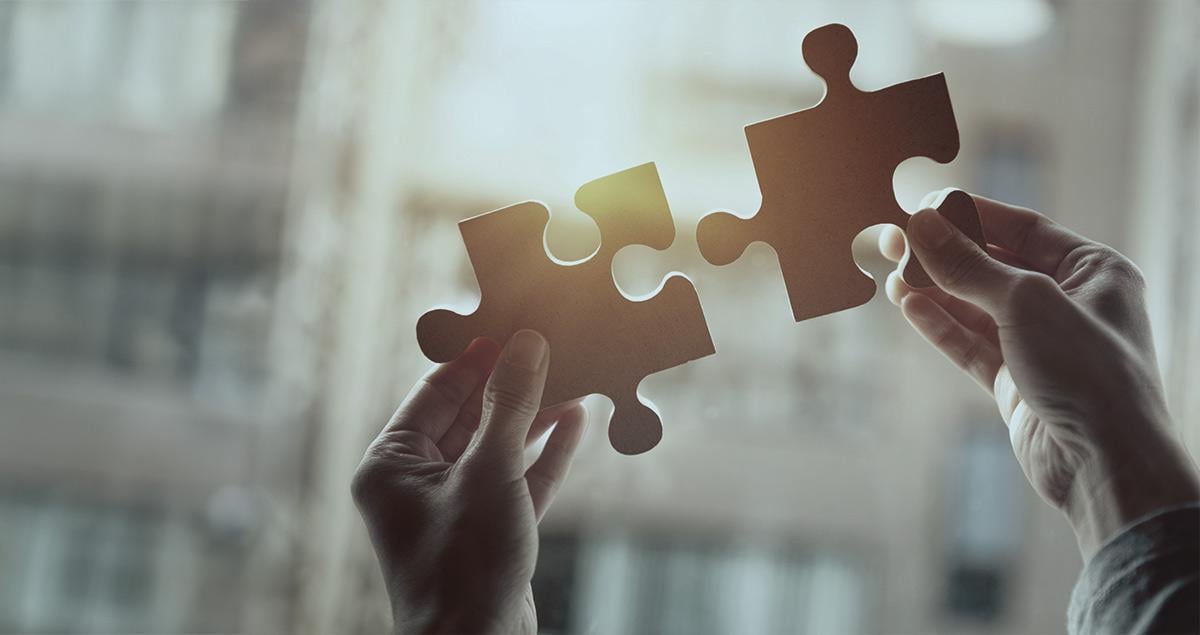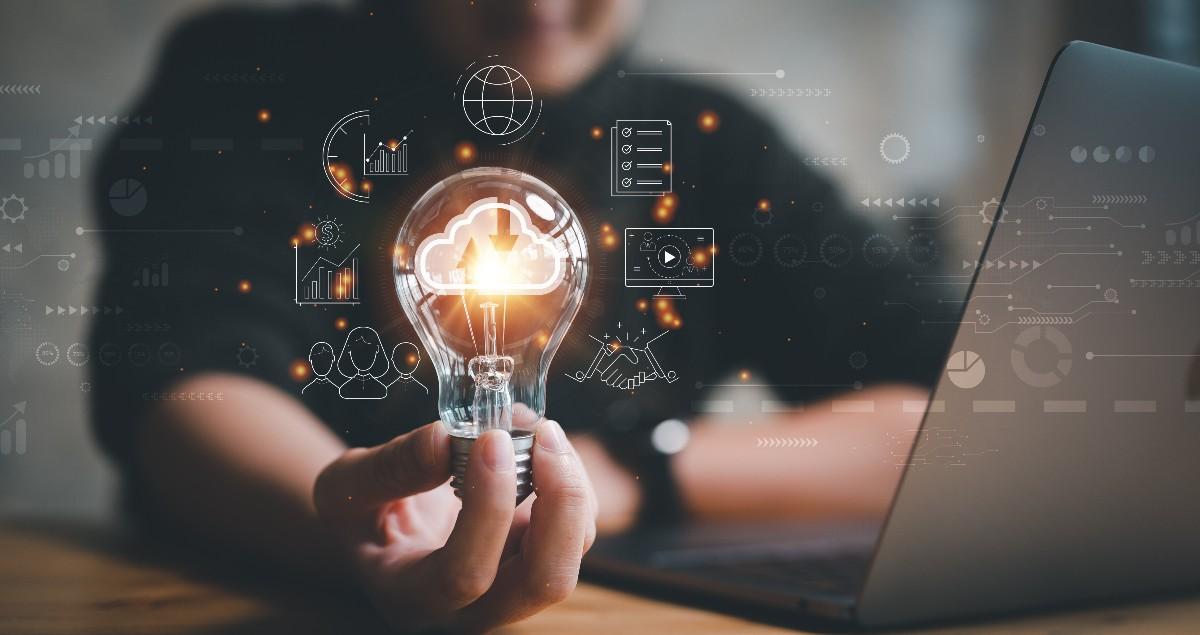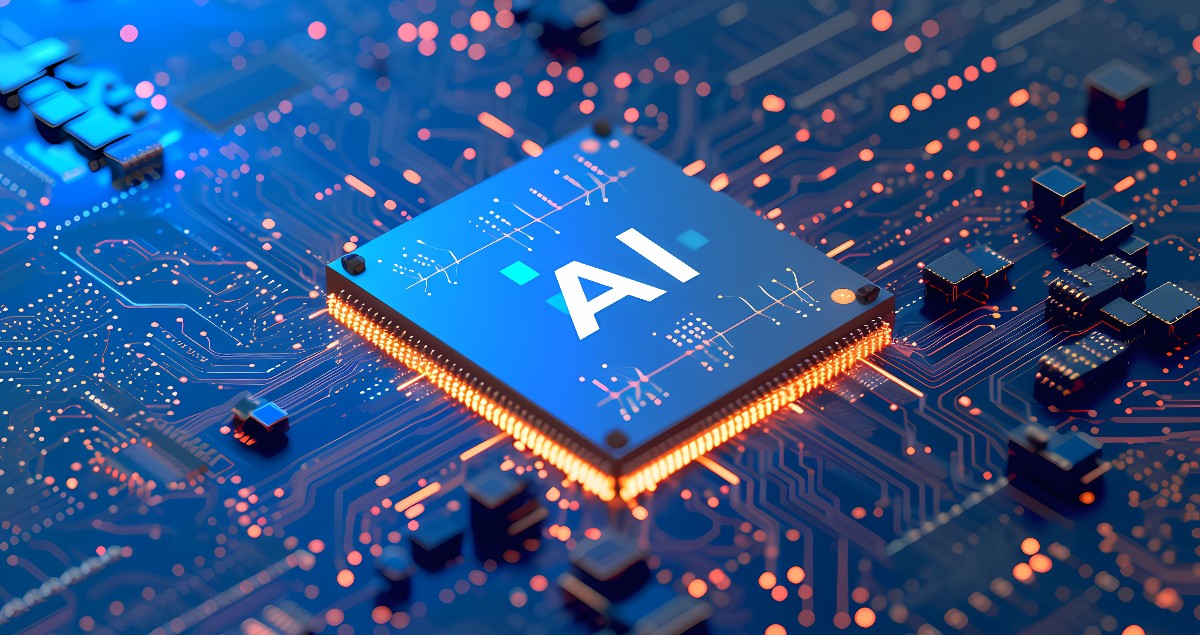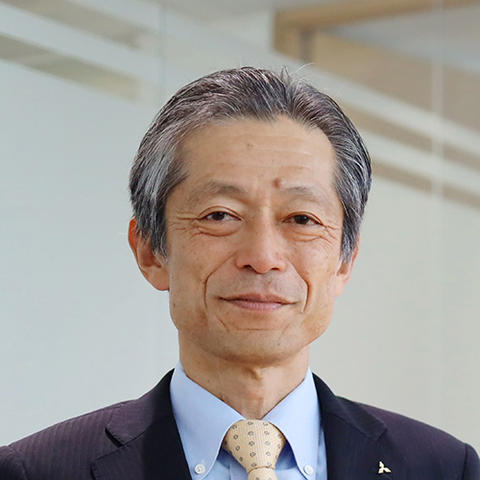
Embracing Technological Change: A Balanced Perspective for Progress

This article was previously published on World Economic Forum's blog.
As we navigate the complexities of the 21st century, technology has undeniably become the primary driver of change and disruption for both business and society. The World Economic Forum (WEF) regularly highlights the transformative power of technology.
The narrative surrounding technological progress, however, is increasingly framed in a negative light: artificial intelligence (AI) controlling our decisions, robots taking our jobs, and data centers consuming vast amounts of electricity. There is some truth to these concerns, but we must not let public debate be dominated by fears of dystopia.
It is crucial to remind ourselves that the vast majority of technological change is beneficial, improving human lives and wellbeing. From the wheel to the washing machine, the lightbulb to the car, the printing press and the world wide web, technological innovation has lifted billions out of poverty, given them longer, healthier lifespans and expanded their minds.
Don’t fear change
Of course, such change is often disruptive. But history teaches that such disruptions are usually absorbed more smoothly than the skeptics expected, creating new jobs to replace obsolete ones and boosting economic growth, private wealth and human leisure.
Despite the fears of the Luddites, the Industrial Revolution generated far more jobs than it destroyed and so did the advent of computers in the 20th century. The New York Times published an article as far back as 1980 warning that “A robot is after your job”. Yet today’s US unemployment, at around 4%, is near historic lows.
It is true that the timelines for technological changes seem to be growing shorter: the adoption of AI is happening faster than that of the internet and mobile phones; they in turn, spread much faster than electricity or the railways. However, this perception can be deceptive. Most ‘sudden’ change has been long in the making.
Thinking just about technologies in which Mitsubishi Heavy Industries (MHI) Group is involved: we have developed gas turbines that can be fueled by gas containing hydrogen since the 1970’s and have been working on CO₂ capture since 1990. The gradual development of technologies has allowed for a more seamless integration into society, minimizing the shock of sudden change.
You can plan for change
It is also the case that most technological progress is incremental rather than discontinuous and change has multifaceted impacts. The development of software, for example, necessitates advancements in the supporting hardware, and the proliferation of renewable energy requires the enhancement of backup power sources and grid infrastructure.
Sometimes, the solution to a problem created by technology is more technology. A prime example is the power and cooling solutions developed to address the energy consumption of data centers. Advanced cooling technologies and clean energy sources are being integrated to reduce the environmental footprint of these essential facilities. This iterative process of problem-solving through technological innovation exemplifies how we can address the challenges posed by new developments.

Leaders need to address complex issues by analyzing these changes from both a long-term and short-term perspective and planning strategically.
Balancing short-term and long-term imperatives is essential for sustainable progress, both for businesses and entire countries. While immediate challenges demand attention, it is equally important to invest in long-term solutions through continued R&D spending to ensure future growth and development. This balance requires a strategic approach, informed by a deep understanding of both current trends and future possibilities.
By assembling proper ecosystems, businesses can navigate the complexities of technological integration more effectively. The concept of "moonshots" offers a valuable example: from the Artemis space exploration program to initiatives targeting environmental sustainability and a cure for cancer, ambitious goals drive technological progress and inspire collaborative efforts across industries.
They can – and should – do so by marshalling resources, setting ethical standards, forming partnerships, and building robust supply chains – at the international and national level for governments and in the private sector. These are essential for the world to achieve carbon neutrality.
At MHI Group, we emphasize presenting our technological capabilities and ideas in a tangible way by showcasing our initiatives at Takasago Hydrogen Park or Carbon Neutral Transition Hub Mihara to reach our MISSION NET ZERO goal. Through these efforts, we believe we can build trust and enhance collaboration both with the government and private companies to address social issues.

Talk more about change
The real issue is that technological change is often invisible to the general public. Many advances occur initially within business-to-business (B2B) environments inside companies, such as 3D printing, QR codes, and middleware solutions that enhance operational efficiency without drawing publicity. Unfortunately, because people often do not see the intricate processes behind such technological progress, they may be frightened by the results – an evolution looks like a revolution to them.
This disconnect underscores the need for better communication from leaders, particularly business leaders. By transparently sharing the journey of technological development, we can demystify the process and alleviate public concerns.
At MHI Group, we are committed to doing this: embracing technological change but with a nuanced perspective as to its potential risks – not least when it comes to public acceptance – allowing us to mitigate those, while harnessing the benefits.
We also believe that even if technology is never the complete answer, it is always at least part of the solution. We must therefore remain open to adopting new technologies in a balanced manner – neither overly optimistic nor apocalyptic – if we want humanity to keep making progress, and sustainable manner.
MHI is collaborating with partners to create a cleaner planet and a better world
Our initiatives in energy transition, advanced manufacturing and digital solutions exemplify our dedication to creating a better future. By fostering innovation and collaboration, we aim to address global challenges and contribute to a more prosperous and sustainable world.
Remain open and positive
While the narrative around technological change often focuses on its disruptive potential, it is essential to recognize the incremental and beneficial nature of most advances. By embracing a balanced perspective, planning strategically, and communicating effectively, leaders and businesses can navigate the complexities of technological change and ensure continued progress for humanity.
Technology, when approached thoughtfully, has the power to improve lives, drive economic growth, and promote environmental sustainability. Let us remain open to its potential and work together to shape a brighter future.
Learn how we are doubling down on our efforts to establish a robust hydrogen ecosystem, strengthen CCUS value chains and decarbonize datacenters, as we aim to reach net zero by 2040.





